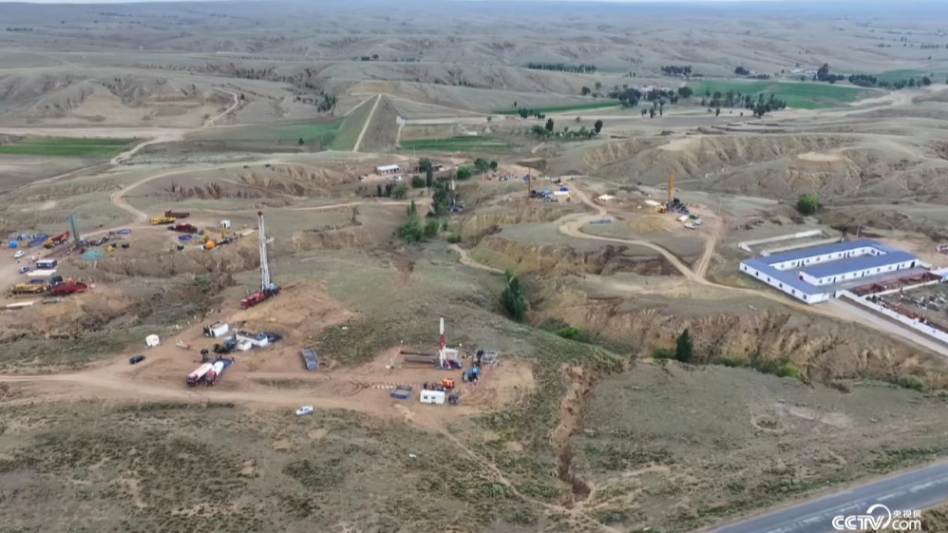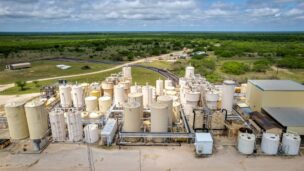China will soon be home to a new, massive, and highly advanced uranium mining operation.
The China Atomic Energy Authority (CAEA), the federal agency overseeing nuclear energy development, began construction of the country’s largest-ever uranium project in the Ordos region on Friday. The new project ties in nicely with China’s rapid construction of new nuclear as it pursues homegrown green energy.
The project is not only massive but also technologically advanced. It will use automation, remote and centralized control, and big data analysis for intelligent operation analysis and precise mining. This will allow for one-click mining by operators located thousands of miles away.
The race is on: The Ordos project is part of China’s broader nuclear energy development plan. The country has been eager to boost natural uranium mining in recent years to meet ballooning demand and offset global prices, which have increased fivefold since 2016.
CAEA says the project will ensure a sufficient and reliable supply of natural uranium as China aims to reduce dependency on foreign sources.
- China currently accounts for only 4% of global uranium production.
- The country relies on external sources including Kazakhstan, Namibia, and Niger for its uranium supply.
- Kazakhstan provided two-thirds of all foreign-imported uranium to China in 2023.
- China wants one-third of its uranium to be produced domestically in the coming decades.
Global demand is on the rise: Demand for uranium is expected to increase worldwide through 2030. With the construction of the Ordos plant, China wil inch closer to its domestic production goals.
Back in the US, the DOE is working to increase its domestic uranium supply for advanced nuclear reactors to reduce the risk of fuel shortages, especially now that reliance on Russian uranium has become untenable.
More mining on the way: Both China and the US want more homegrown uranium while market conditions stay strong and demand rises.
- Production began at three uranium mines in Arizona and Utah in December 2023. Pinyon Plain, La Sal and Pandora are expected to produce uranium at a run rate of 1.1–1.4M lbs annually.
- Production at two more facilities in the Southwest US is anticipated to begin by 2025.
- The EU is also looking to move away from Russian imports. In July 2022, the Euratom Supply Agency signed a contract to develop fuel fabrication capability for a type of reactor that’s currently limited to Russian fuel.




